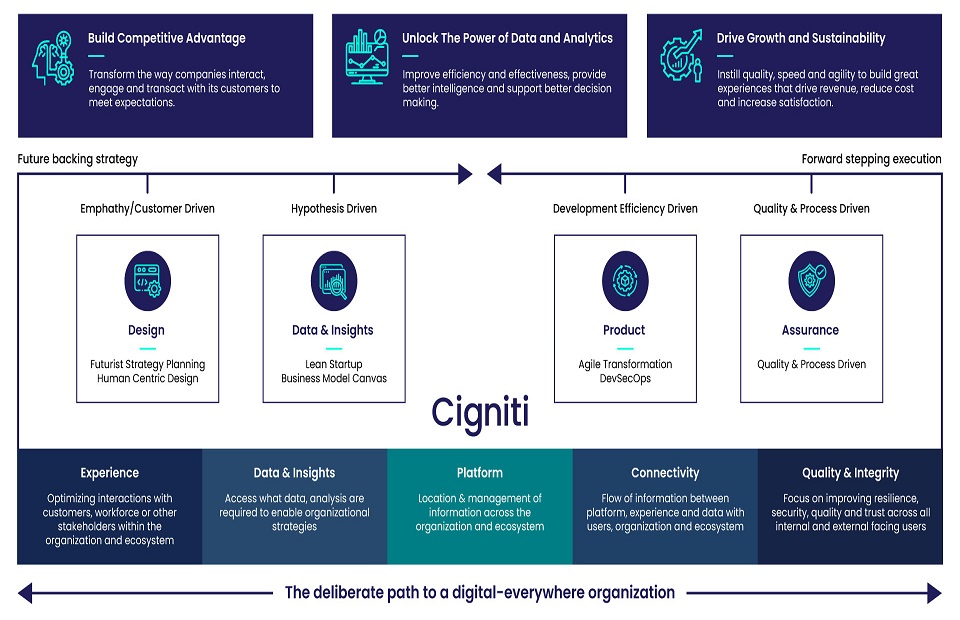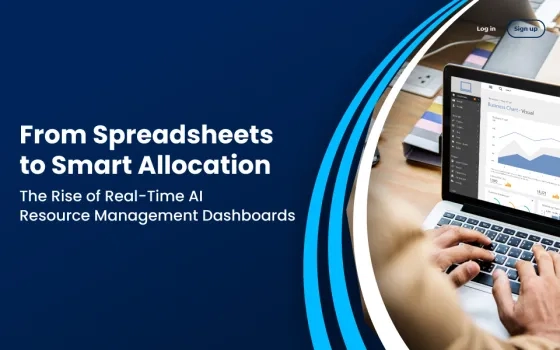In the past 10 years, the term ‘disruption’ has been abuzz across business and industry circles. Whether succeeding as a disruptive innovator or defending against a challenger as an incumbent, the nature of innovation has focused on the ability to re-imagine and execute business models. The nature of such business models has shifted the trajectory of demand either to totally non-existent markets or delivered from low-end footholds to scale.
A theory familiar to most of us and made famous by Clayton M. Christensen, a renowned Harvard Business School Professor and the architect of the world’s first theory on “disruptive innovation” in his 1997 book The Innovator’s Dilemma. This was and still is the era of what would be termed as “mass commoditization of everything”.
Legacy incumbents often struggled to keep pace with the exploratory culture of disruptors catalyzed by technology advancements in mobile computing, artificial intelligence (AI), robots, sensors, and quantum computing.
Nevertheless, the last 3 years have seen the emergence of a new term ‘uncertainty’. To be disruptive was a unique quality, executed by a select few and directed at challenging large incumbents. However, the era of ‘uncertainty’ is not selective. Every organization, large or small, tech or traditional, incumbent or disruptor, is exposed.
Today, the uncertainty of demand, a pandemic that continues to disrupt, the tightening of monetary policies, and ultimately the changing dynamics of the labor market are unparalleled in comparison to any other time.
Organizations must recognize that a true North Star for their strategic plans in an era of uncertainty will come from understanding the deeper needs of customers and the ability to deliver products with experiences that respect and value such needs.
It ensures organizations are not only differentiating to guard against disruptive competitors. Rather, it centers on a strong purpose; the “why” or reason for existence that serves to guide and orient a company’s ability to chart a path forward.
The gel between leadership and successful execution in this ‘era of customers’ is a strong culture that governs the values, virtues, and behavior of its leaders. This culture is today premised on valuing curiosity to recognize change and rethink past assumptions. It is a virtue to always seek new data for insights to inform decisions. It is courageous in executing new possibilities that emerge for both customer success and employees’ well-being.
Valuing curiosity to recognize change and rethink past assumptions
“You can’t overtake 15 cars in sunny weather, but you can when it’s raining.”
– Ayrton Senna
The era of customers is demanding organizations rethink how value is created. The customer’s demands and needs in a digital age are changing dynamically in uncertain market conditions. The customers are also being served differently by a larger portfolio of competitors leveraging emerging technology levers.
Nevertheless, most of the existing frameworks of value creation were created in a more stable era, where planning for certainty was reflected in absolute timeframes prescribed in 3, 5, and 10-year strategic plans. Today the era of uncertainty requires organizations to extend boundary lines into the unknown.
The limiting factor often lies in the design of organizational structures, especially in those focused on executing or exploiting current business models. The ultra-focus on efficiency here may lead to leaders stifling key impulses that lead to change such as seeking new data or exploring new possibilities that are also inherently a basic human attribute.
Recognizing this need for change in uncertain environments is a critical first step and a strong data-driven culture values and promotes curiosity among its employees, and fosters creativity as an outcome to turn uncertainty into possibility.
Nathan Furr, a celebrated author and professor at Institut Européen d’Administration des Affaires (INSEAD) has studied uncertainty based on interviews and observations across world-renowned leaders, innovators, and entrepreneurs. His studies provide strong evidence that leaders can be trained to face uncertainty and as result, discover new sources of revenue not seen before.
You need to start by asking how your industry must evolve to meet the challenges of new technologies. Stretch the horizon far into the future and situate possible directions in which you hope the industry will change.
This is a fundamental shift in the planning process and corrects the more often-asked question of how current products or services need to change to meet the needs of your customers. Often these plans result in incremental benefits at best.
It is virtued to always seek new data for insights to inform decisions
“Power is knowledge, but wisdom is knowing you don’t know.”
– Adam Grant
Curiosity when triggered is a powerful enabler that recognizes the change. But acting on change within large organization settings is often limited by specific tendencies that seek to confirm past beliefs rather than for evidence proving we are wrong.
A culture that values data in deriving new information has proven to generate new alternatives. Such cultures are foundational in ensuring that leaders can step back and learn to leverage collective wisdom. It is nevertheless critical for organizations to be cognizant of the risks often missed in the early pursuit of more data.
By 2025, 463 exabytes of data per day are expected to be generated globally. Most of this data will be generated from how customers and businesses are connecting, engaging, and interacting with each other and increasingly with and between machines.
In highly dynamic market conditions, the ability to time shift a range of future data in the arc above into the present ensures the ability to generate new information. This ability leads to insights that are critical in the testing of past assumptions or establishing a new hypothesis.
This is also critical in helping organizations move away from collecting data just from their internally focused production supply chain. This change ultimately helps in establishing an externally sensing consumption eco-system that is integral in sensing dynamic changes in either market or customer demand.
Ultimately organizations competing in this way can forge new growth by combining unlikely markets to create a unique product for a new market. These organizations can assure long-term growth and the capability to reinvent a product for an unlikely segment, which is not yet served by a competitor. A true reflection of an organization that is ready to both explore and exploit in parallel owing to a data-driven culture.
Courageous in executing new possibilities
“Life is 10% what happens, and 90% how you react to it.”
As defined above, the ability to recognize the change is a critical first step. A strong data-driven culture values curiosity among its employees to seek new information to test past assumptions.
The ability to convert curiosity to action is critical and the net result of the action is in generating ideas creatively to explore new possibilities.
Startups in the era of disruption were at the forefront of this practice, operating with an agile-first mindset that met customer needs with emerging new technologies in a constant flow of innovative business models.
Larger organizations have now begun to make real progress in matching the best practices of such startups, and are now adopting similar practices in scaling innovation and reinvention. By doing this, they have a huge competitive advantage in the scale and access large customer base and the ‘new currency of the 21st century, data.

In uncertain market conditions, with the demands of customers and employees in constant flux, the ability to remain resilient is critical. Organizations’ resilience to market conditions comes out through the ability to creatively generate new ideas with empathy, and establish their viability through a strong hypothesis. They should be able to experiment to build at scale and ensure the quality and integrity of deployment from process change, security, and continuous testing of releases in real-time. This is the true arc of resilience from an innovation practice designed to not only forward step execution but equally future back strategy to meet the needs of customers and employees.
The article was first published on Cigniti



















